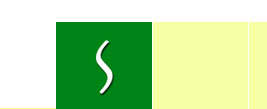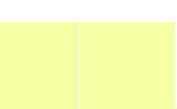» AVIATION
OBSTRUCTION LIGHTS »
INSECT FLASHERS »
LED LIGHTING & MORE |
|
  |
 |
|
 |
SPECTRUM ENTERPRISES Spectrum Enterprises is engaged in manufacturing and supplying a wide range of LED electrical lighting fixtures for telecommunication towers. We also offer industrial and commercial insect flasher. Our range includes Aviation Obstruction Light, Insect Flasher, Led Lighting and Luminaries for Industrial Applications. |
|
|
|
|
AVIATION
OBSTRUCTION LIGHTS |
LED
LIGHTING SOLUTIONS |
INSECT
FLASHERS | GARDEN
LIGHTS | OUTDOOR
LIGHTS "Translate this page to your preferred language"
|